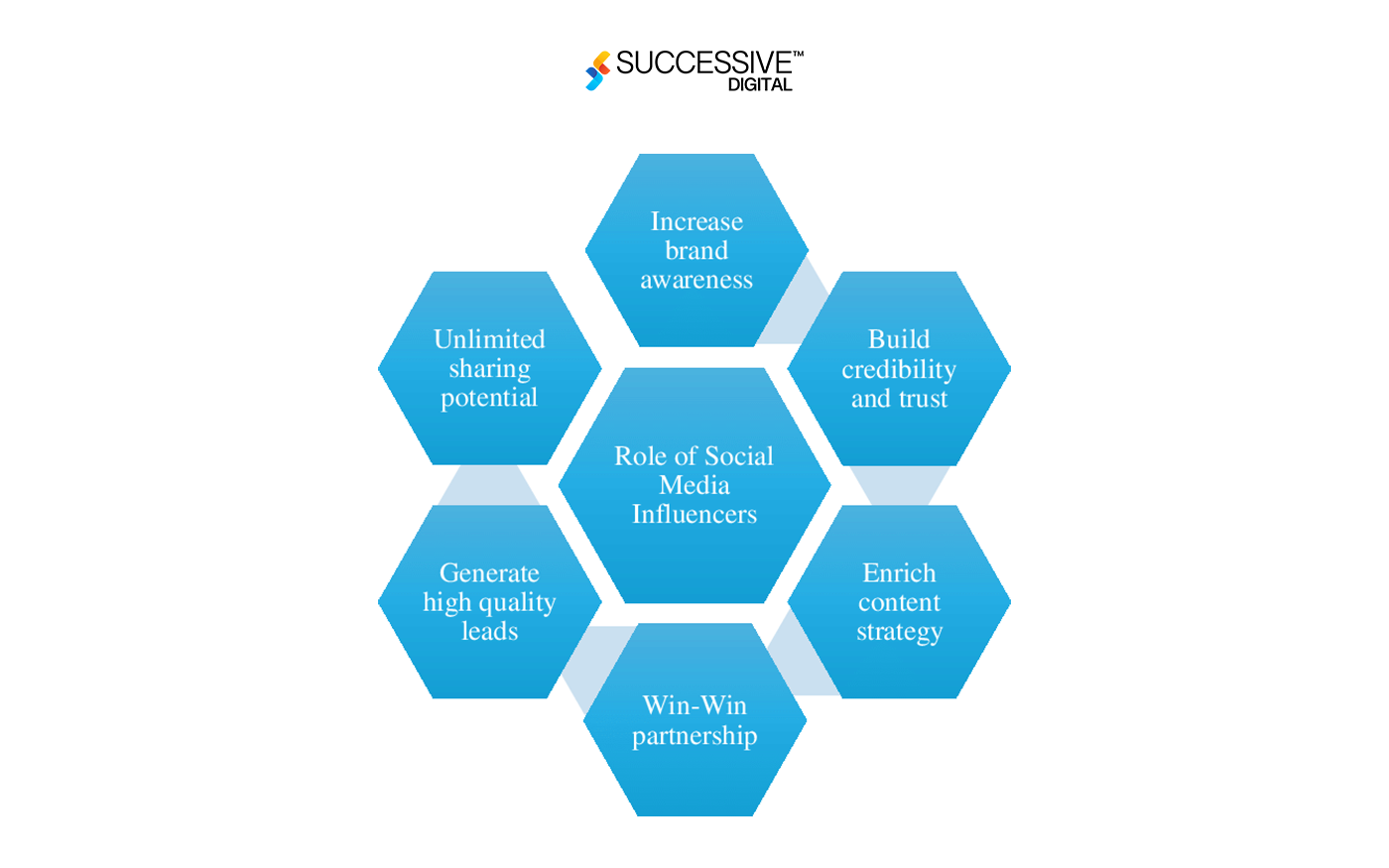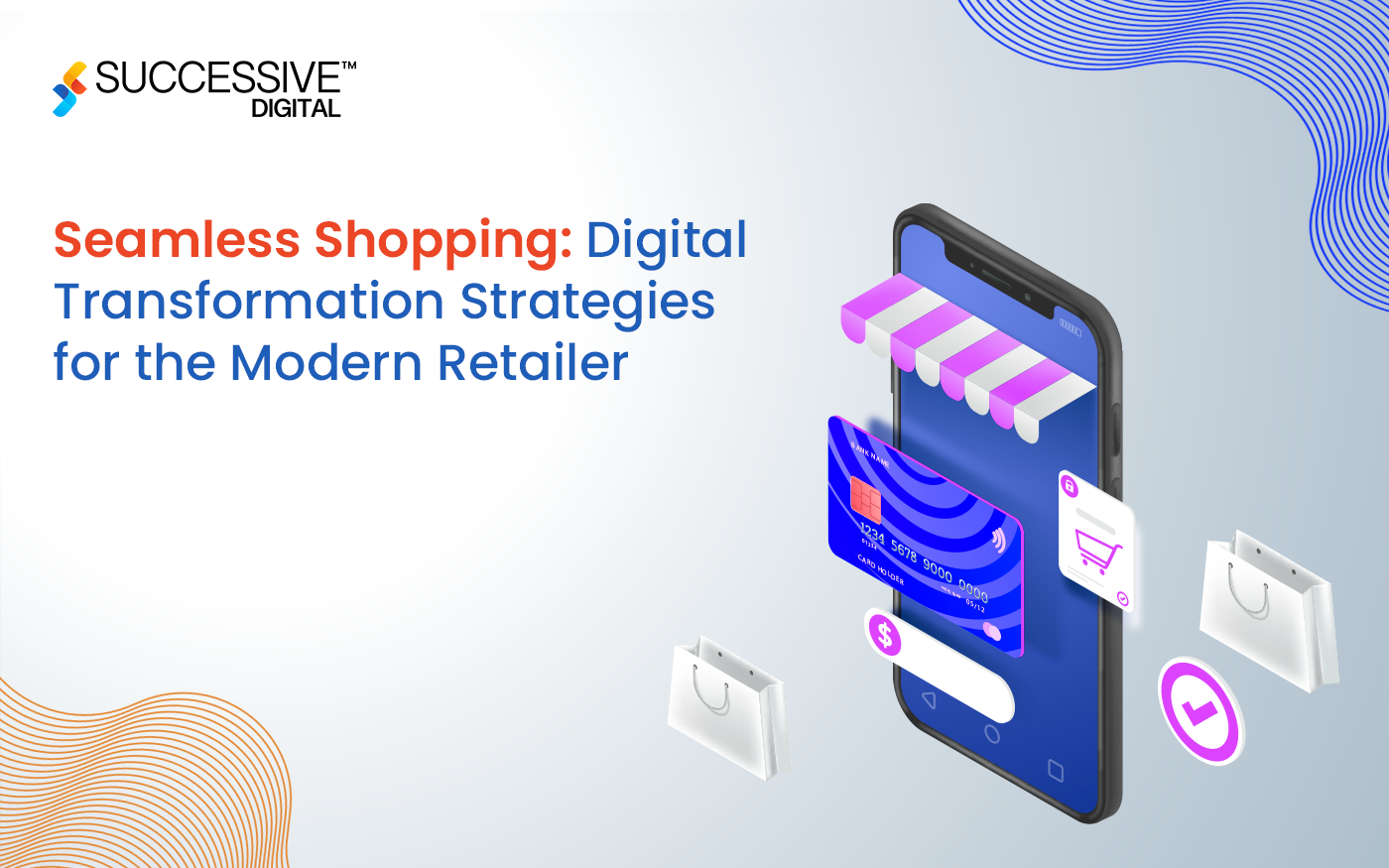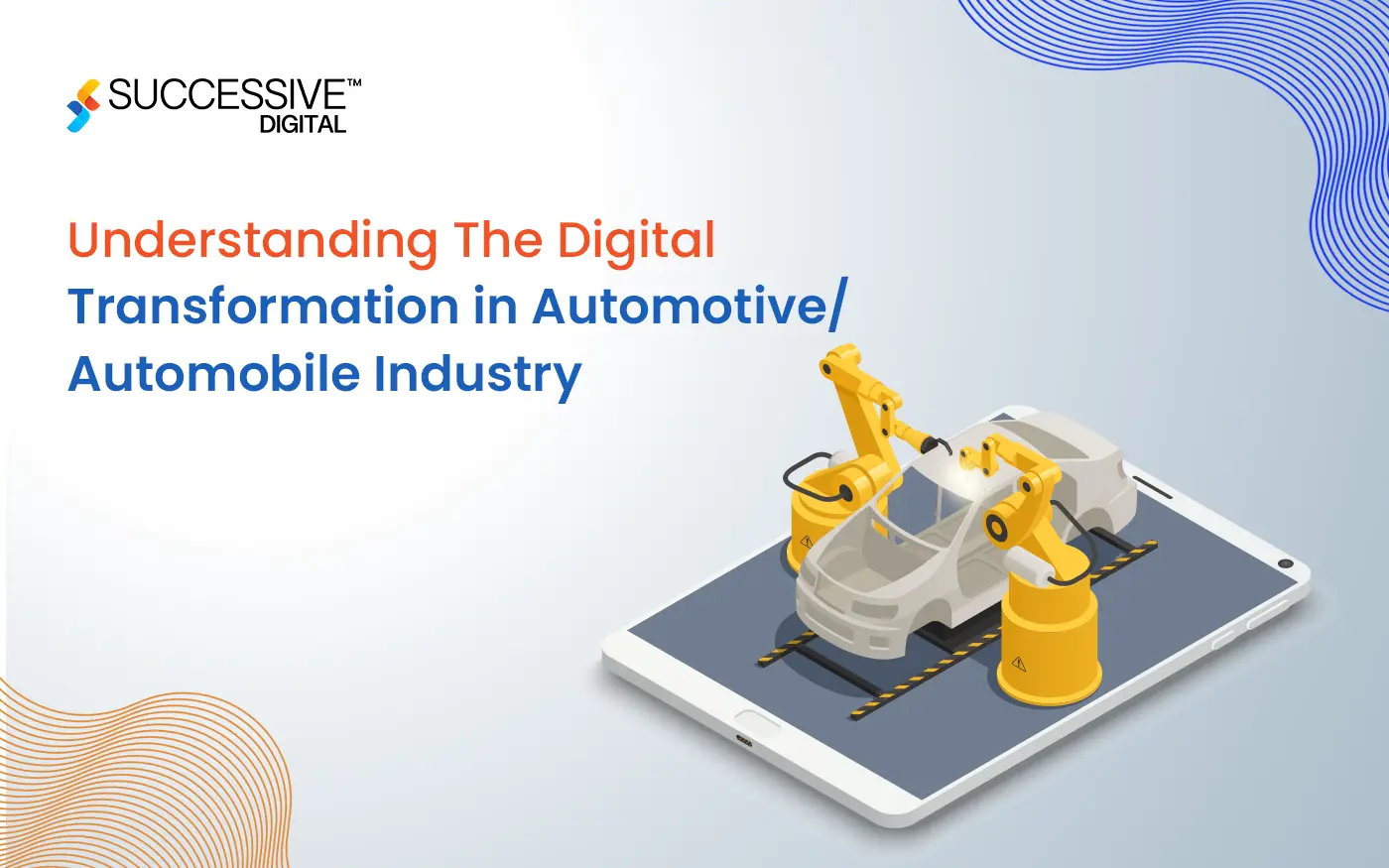The current order in the media industry is a digital revolution, a shift from traditional to digital formats and changing how content is consumed and engaged. Digital innovation is changing all aspects of the media landscape, such as content production, distribution, audience targeting, and sales generation. The result is that media and entertainment businesses are adapting to meet changing demands and special preferences in digital era.
The transition from traditional to digital media is pushed with the help of many resources.
First, generational advances have democratized access to resources, enabling individuals and communities to provide and distribute content resources globally. From blogs and vlogs to podcasts and live streams, virtual structures empower creators to connect with audiences and build communities around shared interests and passions.
Second, the rise of digital transformation in media and virtual systems, including social media, streaming offerings, and online news websites, has changed how we access and use the content opportunities within them. These platforms provide exceptional convenience, accessibility, and personalization, allowing consumers to identify and interact with products before they become available to them.
Moreover, digital innovation in media has changed the business model and revenue of the entire industry, globally. With the advent of digital commerce, fully subscription-based offerings, and the integration of e-commerce, media companies have transformed their revenue streams and opened new business models.
From increased accessibility and connectivity to the convergence of media and e-commerce, virtual innovation is reshaping the media panorama and shaping the future of content and consumption. This blog explores the impact of digital innovation on the media industry in depth, highlighting the benefits of this transformational change, global market trends and outlook.
Impact of Digital Innovation on the Media Industry:
The digital revolution in the media added a new era to the profession characterized by greater accessibility, communication, and personal content while information that used to rely on newspapers a print, television, and radio are no longer available for entertainment. Today, consumers can access a wide variety of digital resources including online news websites, streaming services, social media networks, and mobile apps, providing access to several facts tailored to their customized interest.
One of the biggest effects of digital innovation in the media industry is the democratization of content selection and distribution. With the user-generated content including YouTube, TikTok, and Instagram, any individual connected to the phone and the internet can reach a global target market and can become a content creator.
This has given the media landscape a democratic, individual, and community platform empowering individuals and communities to share their stories, perspectives, and experiences with the world. Furthermore, digital innovation in media has revolutionized the way media outlets engage with their audiences. Through fact-checking, artificial intelligence (AI), and machine learning (ML) algorithms, teams can gather valuable insights into consumer behaviour, preferences, and trends This prepares content inklings, and advertising strategies and experience diversification allowing them to better meet the preferences and expectations of their target market.
Unlocking the Power of Digital Transformation in Media
- Increased Reach:
Digital infrastructures make it easier than ever for consumers to access information, entertainment, and required content anytime, anywhere, on any device. This approach has democratized media consumption, eliminated geographic boundaries, and increased content delivery to target markets around the world.
- Improved Communication:
Digital media enables greater communication and collaboration between content creators and consumers. Through capabilities such as commenting, liking, sharing, and live chat, audiences can actively participate in conversations, submit content, and co-create stories with their favourite messengers and brands.
- Personalized Content:
Digital transformation in media enables companies and brands to deliver tailored content recommendations and stories based primarily on individuals’ personal choices, surfing history, and demographic data. This personalization supports customer happiness, engagement, and long-term retention.
- Monetization Opportunities:
Digital systems offer creators and broadcasters a wide range of options for monetization technology, including advertising, subscriptions, pay-per-use, sponsorships, merchandise advertising and marketing, and crowdfunding. These types of marketing channels allow media to expand their revenue streams and make better profits.
Trends Shaping the Future of Digital Innovation in Media
The Rise of Streaming Services:
Growth in adoption of streaming services, including Netflix, Amazon Prime Video, Disney, and Spotify continues to climb, driven by peak demand for on-demand enhanced personalized content. As a result, traditional linear television, and radio face growing opposition due to seemingly more effective systems now in place.
Growth of Social Media Influencers:

Social media influencers, who can connect with a broad audience, have emerged as influential individuals in the realm of virtual media. Companies are constantly using influencer advertising to promote their offerings, create connections with target demographics, and promote online sales.
Convergence of Media and E-commerce:
The convergence of media and e-commerce blurs the line between consumption and marketing. Social marketing features, as well as shoppable promotions, direct purchases, and influencer-pushed affiliate ads, are turning social media platforms into virtual storefronts, driving on-demand content, and increasing purchases.
Augmented Reality (AR) and Virtual Reality (VR):
AR and VR technologies are changing the way media content is created, distributed, and experienced. From immersive storytelling to digital events to interactive advertising and displays, AR and VR are opening new avenues for engagement and revenue.
Navigating the Future of Digital Media Evolution
Looking ahead, the fate of the digital transformation in media industry depends on robust digital innovation, prototyping, and growth. As technology improves and consumer strategies evolve, media outlets will have to adopt agility, creativity, and innovation to stay ahead of the curve. Key areas in focus for the future are:
Integrated Emerging Technologies:
The convergence of emerging technology including AI, blockchain, 5G, edge computing is poised to noticeably impact the trajectory of the modern-day media landscape. These developments open opportunities for content selection, distribution, monetization, and target market engagement, allowing media organizations to thrive in an ever-changing environment.
Sustainability and Ethical Considerations:
As environmental sustainability and ethical concerns become increasingly important to consumers, the media industry will need sustainable practices, diversity and inclusion policies, ethical data sources, and distribution channels to build authenticity and trust among target audiences.
The Continued Growth of Digital Natives:
Digital native media corporations, born in the digital age and built-in technology-driven businesses, will continue to disrupt traditional media and reshape the industry. These dynamic and progressive players are well positioned to take advantage of emerging trends and growing capabilities in digital media.
Digital innovation is uniquely transforming the media industry, reshaping production, distribution, sales, and target markets. Through access rights, exposure, and customer-centric content resources with the people’s power to participate, digital media offers amazing possibilities for consuming content tailored to one’s preferences.
As the industry evolves, media management and distribution houses need to be agile, creative, and innovative to succeed in a changing and unpredictable environment. By analysing trends, leveraging emerging technologies, and prioritizing consumer interests, the media industry can offer new possibilities for growth, differentiation and hit content fulfilment in the digital age.












